Q&A with Brooklin A. Soumahoro
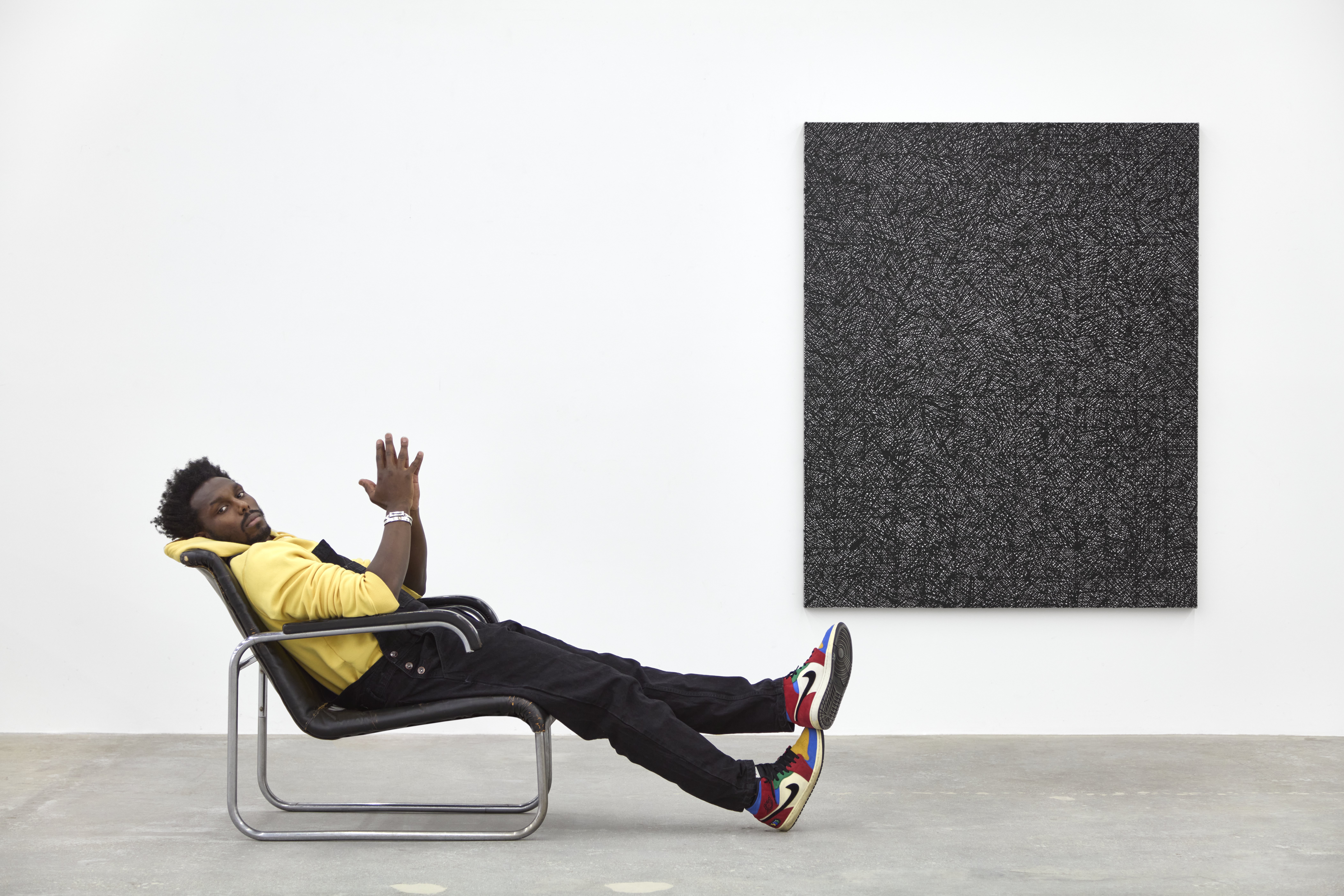
Q: Can you tell me about your background?
Well there are quite a few things I could talk about, but let me go with what has shaped me in many ways.
My parents immigrated to France from the Ivory Coast. I was born in Paris and grew up in the suburbs.
That is where it all starts… Why?
From an early age, I understood how to manage two different cultures and navigate this back-and-forth between home and what was the “outside” world at the time—in terms of cultures, languages spoken, movies, music, food, belief systems, history, etc…
And then it obviously didn’t stop there. Because my friends were also French but originally from Algeria, Cameroon, Guadeloupe, Portugal, Romania, and so many more countries. And those friends invited me to their houses, so I met their parents, listened to their music, ate their food, looked at the art they hung on the walls, understood their belief systems, listened to their stories, etc…
That resulted in me being exposed to many things that are not necessarily taught at school. I witnessed different ways of being from one house to the other, but even as a kid I could acknowledge that there were so many clear similarities.
At a young age you don’t necessarily realize it, but as an adult I can say being exposed to so much culture is a beautiful thing. You learn how to accept and appreciate differences. This is a gift, this is my background.
Q: What was the first artwork you made?
My first artwork didn’t have a title, but a few friends and I used to call it “Pandemonium” simply because I wrote it on the canvas. This word was a great representation of where I was in my life at the time, turning my back on everything I knew best. In many ways, destroying it all to build it back up—starting this new chapter of my life based on passion and [creativity?], certainly no facts.
This painting used to frustrate me so much though, because it was my favorite, and the favorite of whoever came into my studio for a year, even after I made many more artworks. Looking back, I am not talking about if it was a good or bad painting, but we all connected to the fact that it was visually and energetically different and [uninhibited?]—because I had no technique, I was free in the execution and had no clear understanding of what making art is, I was just driven by the desire to create.
I mean you live, watch, and learn. Creatively you start to take things here and there, think too technically, and want to please people you’ve never even met. I got to the point where I realized, if I want to fulfil my definition of what an artist is, I must put aside all I had learned to create works which were my own—visually, technically, and emotionally
Q: What is most important to you: The Process. The final visual outcome. The material? Or something else?
Well, I believe these elements are all equally important. Without being too literal, it is like water, food, and air to the human body and what we need to live.
I attach the process to our past experiences, the material to our present, and visual outcome represents the future.
For example, an architect needs to take into consideration the soil (the past), in order to build the foundation (present), so that he can see the building come to life (the future).
Without the acknowledgment of one of those three elements, the architect won’t stand a chance—same with paintings.
Q: What influences you
Everything influences me—shout out to the internet and being a millennial. Tell me a thing we couldn’t be exposed to. And I enjoy taking it all in.
But more specifically, I’m fascinated by people, our nature, our energies, our history, our resilience, our dreams, our desires, etc… Sometimes I feel like the world is a big soap opera on repeat from one generation to another, and I am like, when are we ever going to learn?
Even though I use abstraction to express myself, figuration and clear facts are a primary essence of my work.
Q: In my view when one sees a painting, they only see 20%. The 80% is all the hidden parts, clues, and secrets that one has to discover. How do you see this ,, and am I way off?
I agree with you—but you and I can be looking at the same artwork and both be digging into this 80% you’re talking about, and both come out with two completely different understandings or feelings about it—and that’s also ok. And what matters to one might not matter to another. It’s important to accept that. This is freedom…
Talking about freedom, I like this sentence from Nina Simone: “Freedom is the absence of fear.” I might be off the question, but who cares, I like the sentence. It’s beautiful, and so accurate. Just wanted to throw it into the mix.
Anyway, most of the time you are looking at an artwork and you have an idea of where it started and where it finished, and there is an invisible path that you can sometimes see or sometimes just feel.
They say every road led to Rome, right? Well I try my best to make it impossible for you to find Rome. I want my work to constantly stay in a certain state of mystery and wonder so that it’s always in movement at least in our minds.
Q: The world and speed of Social media. Living and navigating as an artist within this arena.. How do you see yourself, And how does it affect your work, thoughts, way of living. Or does it?
For my personal life, not really, I couldn’t care less about it. I have never been the type to use social media to expose my private life. But it’s an amazing professional tool, and also tremendously dangerous. Again, I view it only as a professional tool.
Quoting Denzel Washington: “Ultimately, we have always wanted to be liked. What we do with social media is no different than what we used to do before it, only now that feeling is magnified. And some of us will do anything to be liked.”
This feeling of wanting to be liked for some people is on steroids nowadays. Social media taps into our primal need to connect, share, and gossip, and that’s why those platforms are successful businesses.
In terms of being an artist—and this is what I would say—the sword has two edges. One can build and one can destroy. What makes the difference is to ask ourselves first of all: where am I in my own creative development? It’s different when you are in search of your identity as an artist and figuring out the type of work you want to bring into the world and when you’ve already found what that thing is.
It can be destructive to your own creative process, and mental health, if you are exposing too much too early because you are left with people’s opinions and criticism. And criticism is necessary, but not by 20 million people you’ve never met or never will meet. But then when you know that what you are creating is something you can stand proudly next to, regardless of any type of comments, with no doubt, well businesswise social media can be very profitable to you because ultimately it means exposure.
Exposure is what an artist needs, and it’s free with social media. Some of that power can be held in our hands, without having to wait for so-and-so to show our work.
Q: Is it important for an artist to have a gallery these days?
First of all, it depends on what type of artist you want to be because there are many different ways of being an artist, even more nowadays. What’s important to me might not be important for someone else.
But I say yes, it is important. A gallerist and an artist have a specific relationship. A gallery can convey your message to a certain audience, help you get into certain places that you might not be able to get into on your own. This relationship works well for both parties in my view.
Q: Some people have the opinion that all contemporary art looks more or less the same these days. Some say it often is designed to look pretty…. Care to comment?
I would start the conversation with what the Frenchman Antoine Lavoisier said: “Nothing is lost, nothing is created, everything is transformed.” Everyone is inspired by something or someone. And I leave it there.
One of the many things that matters to me when I look at someone’s artwork is the degree of influence they are taking from someone else in what they make, and if I can easily spot it or not—the less I can, the more their work will look personal, unique, and intimate.
That being said, it’s true: many people are doing the same things. They see other artists being successful for something, so they make something similar. People want success.
On the path to originality and success, you can’t escape pain and suffering. But most people don’t want to go through that because they see a different way of life on social media for example—coming back to your question from earlier—and want that for themselves. I don’t think there is any shortcut for success, it’s not something given, it is earned.
Every artist should listen to the video on YouTube called, “James Baldwin – The Artist’s Struggle for Integrity.”
Q: Many view a show as successful if it sells out. Care to comment,,, And how do feel about the term: Placing a work compared to Selling it.
No, I don’t care to comment. l leave that conversation to the dealers and they can they can discuss true collectors and flippers.
Q: Can you let us in on some of the future projects, works?
I have an upcoming group show in LA in July, with the gallery called The Pit. I like the title of it: “Wild Frontiers.” I had a glimpse of who I’ll be exhibiting with, and I’m excited.
Link to artist page >> Brooklin A. Soumahoro
Link to Solo Show at SundayS Gallery Copenhagen with Brooklin A. Soumahoro
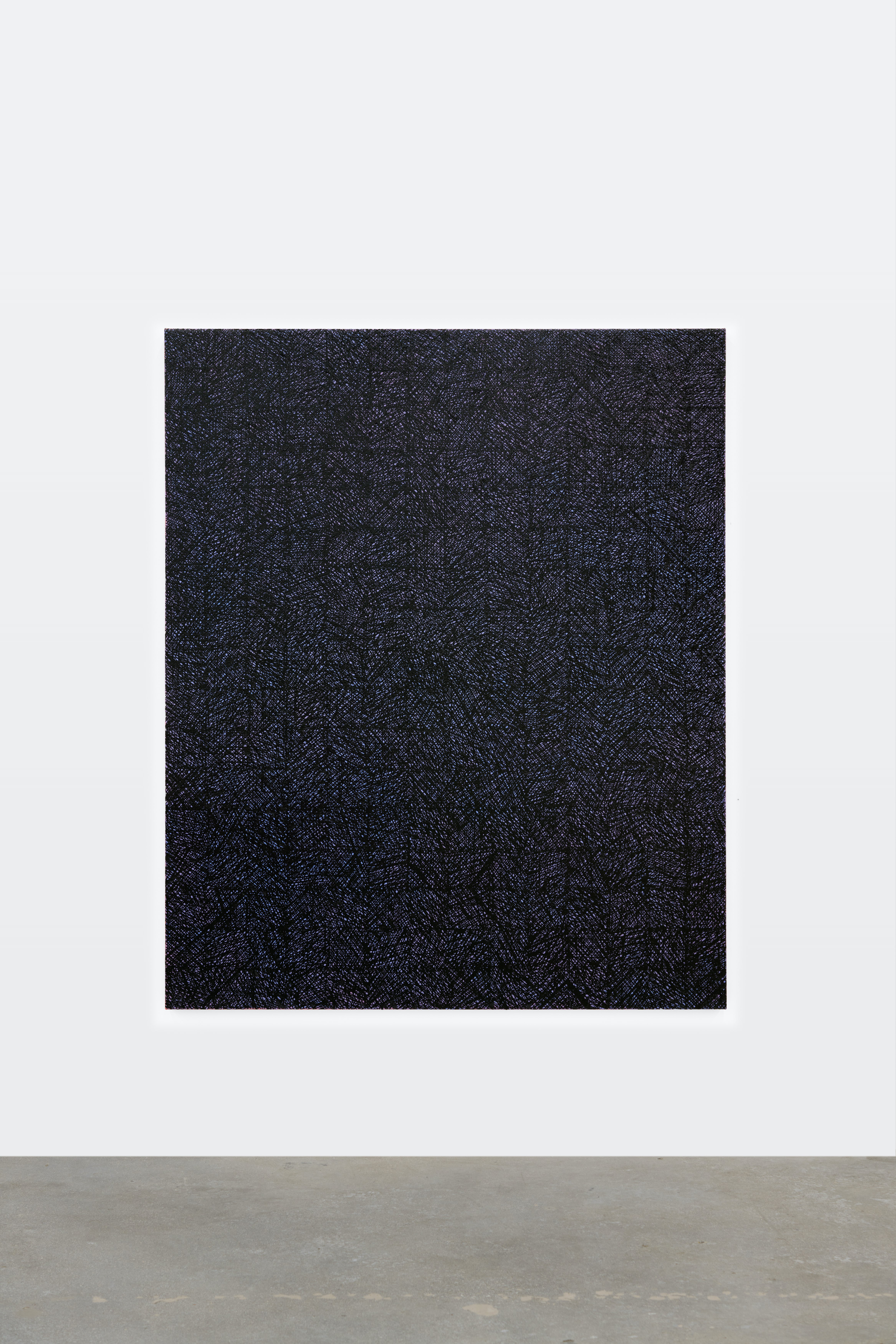

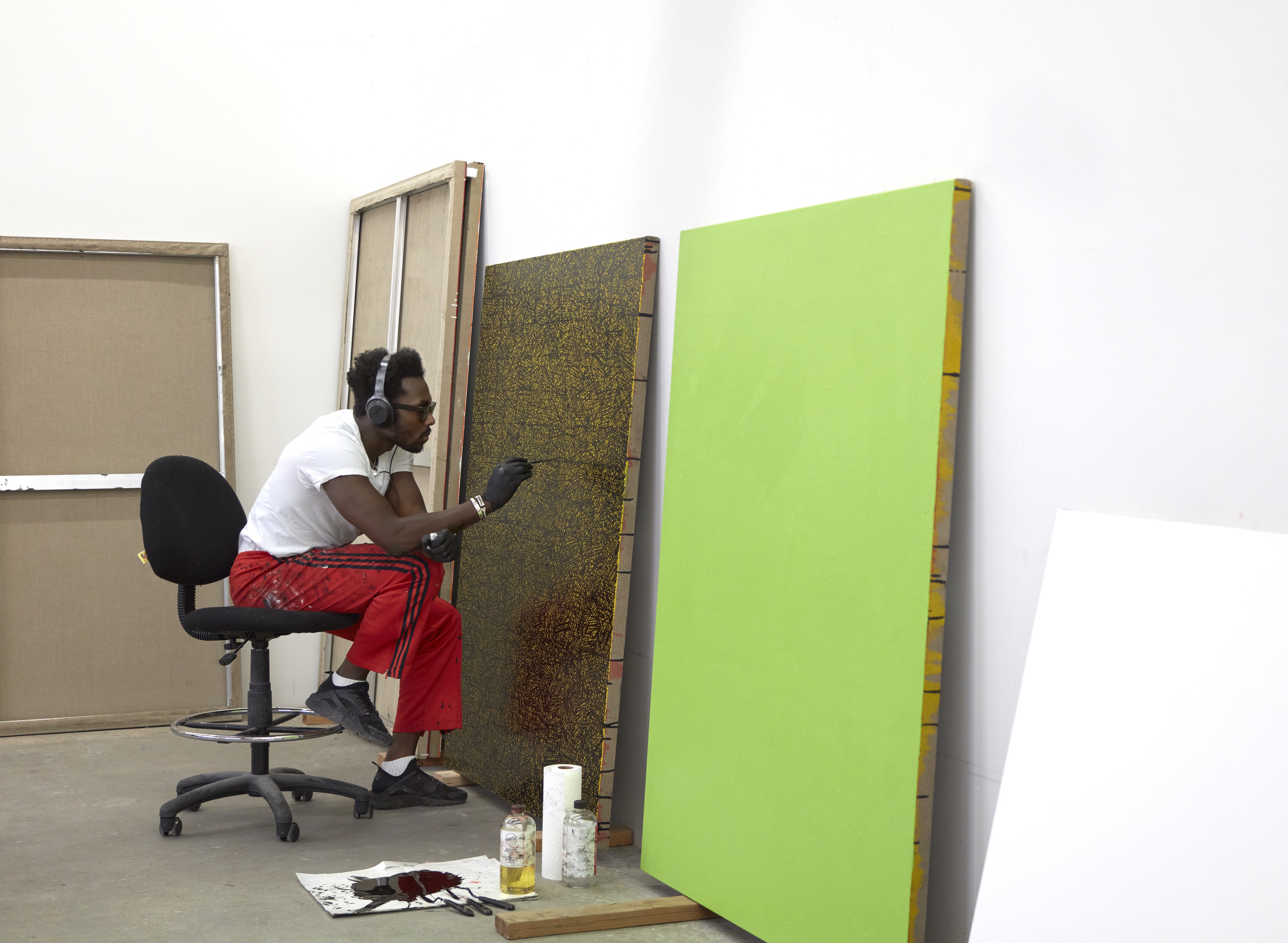
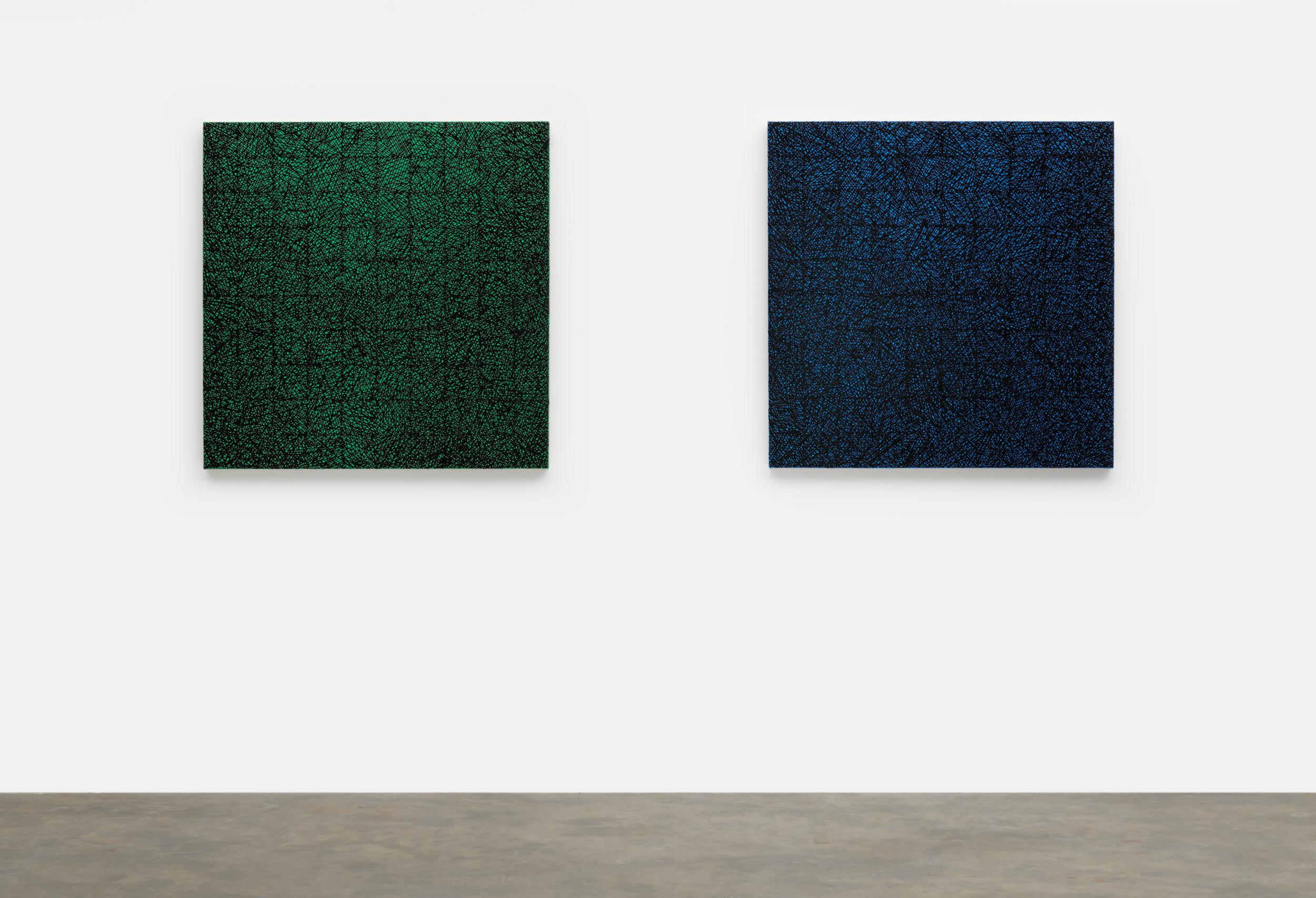
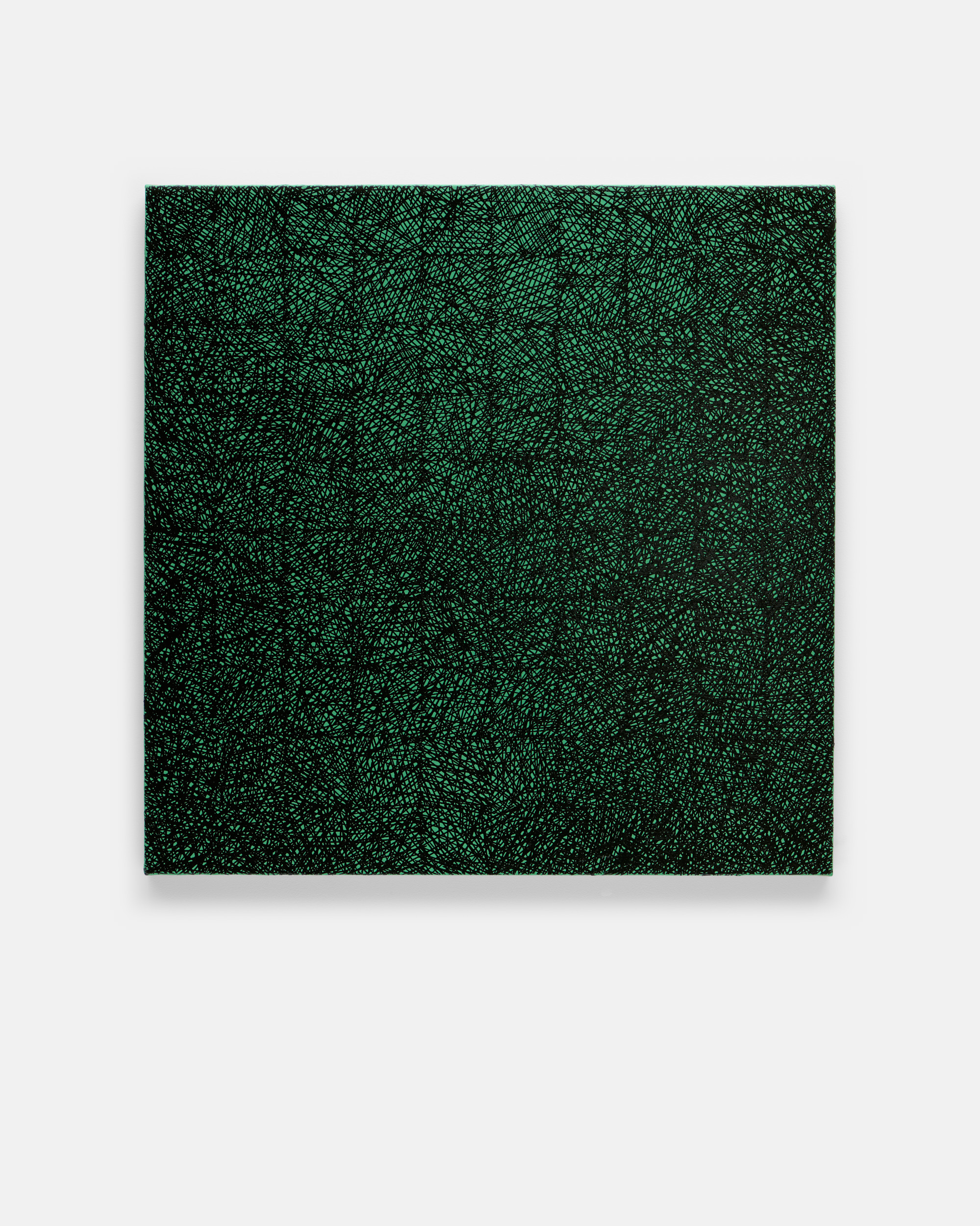


Pingback: Brooklin Soumahoro on Sundays - Sunday-S Gallery